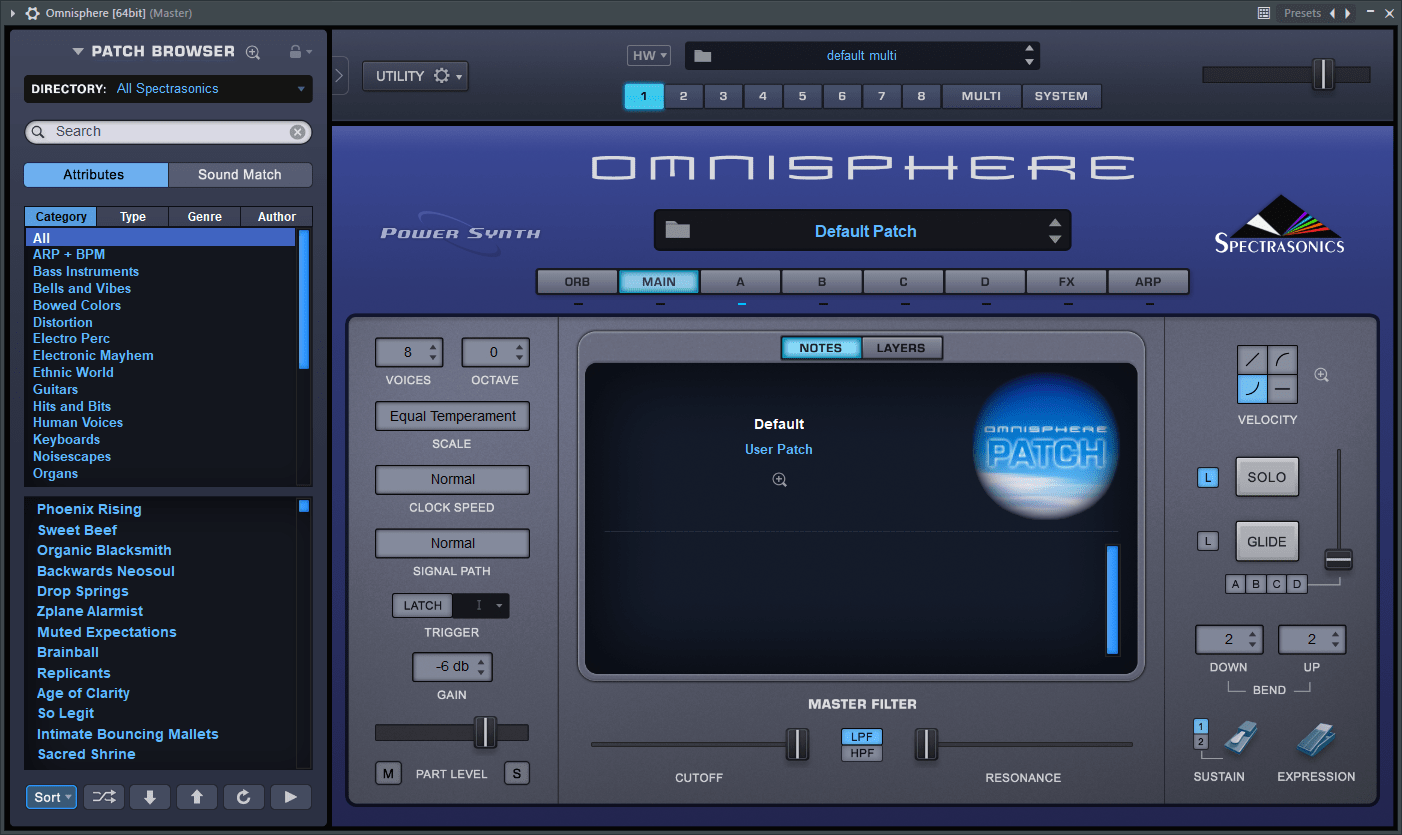

I’m sure that I haven’t been the only Cubase user who, over the years, has dreamed of being able to see and edit Tempo and Time Signature events in the Project window without having to open the Tempo Track editor.

Note how the selected Time Signature event shows up in the Event Info Line.īizarrely, one of the features I was happiest to see in Cubase 5 is also, by comparison, one of the smallest. Enter Cubase 5.Ĭubase 5 now makes it possible to include the Tempo and Time Signature tracks in the Track List of the Project window. Although the uptake has been slow, the first third-party VST3 plug-ins have now started to appear, and you get the feeling that Cubase 4 was, in retrospect, setting the scene for greater things to come. In addition, the VST3 SDK was finally made available to third-party developers. However, in the two years following Cubase 4’s release, Steinberg released two important updates: 4.1, bringing significantly better mixer routing (and parity with Nuendo 4.1), and, more recently, 4.5, which introduced VST Sound as a new way to integrate content into Media Bay.
#EXPORT MIDI STYLUS RMX UPDATE#
Most of the new functionality centred around the new Media Bay, which only really helped you navigate the content that was provided by Steinberg, and VST3, an update to Steinberg’s plug-in technology that was initially unavailable to third-party developers. Unlike the earlier versions of Cubase SX, which added interesting tools for musicians to embrace, Cubase 4, if I’m being honest, just didn’t seem that exciting to me. Cubase 4, released a little over two years ago, dropped the ‘SX’ suffix, returning the product to its original name once again. Since then, Steinberg have been consistently improving Cubase alongside their other, more post-production-oriented audio application, Nuendo. However, that was version 5 of the original Cubase application, the last version released before the introduction of Cubase SX. It’s been nearly nine years since Sound On Sound last reviewed Cubase 5. The first paid-for update to Cubase for two years introduces some major innovations for sequencing and composition, including integrated Melodyne-style pitch correction and editing.

With stunning innovations and additional enhancements that boost productivity and performance, Cubase 5 represents the absolute cutting edge in digital audio workstations. Cubase 5 – Advanced Music Production SystemĬubase 5 comes with fully integrated new tools for working with loops, beats and vocals, such as LoopMash and VariAudio, combining with new composition features and the first VST3 convolution reverb to take musical creativity to new heights.


 0 kommentar(er)
0 kommentar(er)
